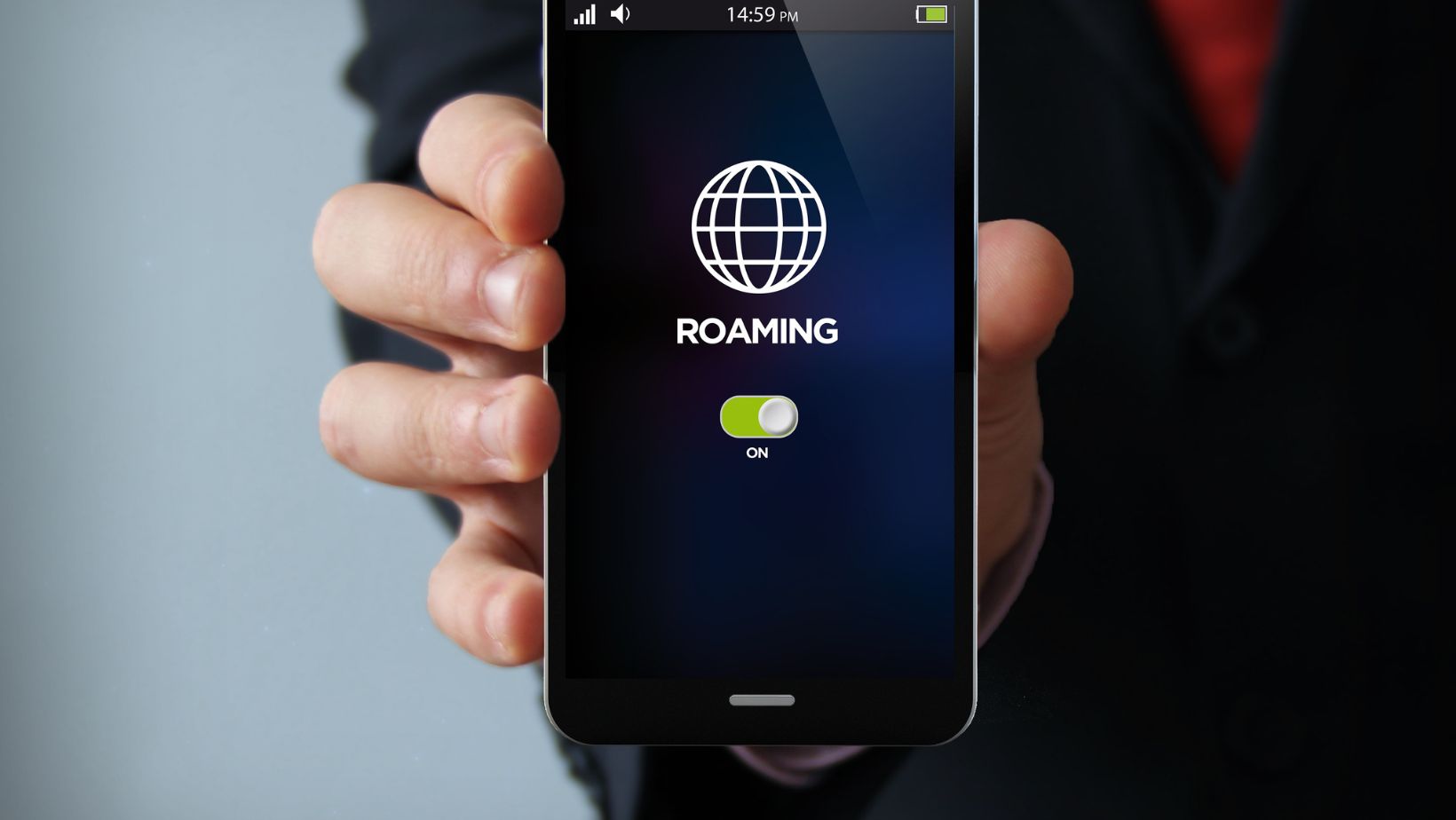
Travelling internationally offers incredible experiences, but it can also come with unexpected costs, such as steep roaming fees for mobile data. Staying connected while abroad is essential for navigation, communication, and sharing your journey with loved ones, but it doesn’t have to break the bank. With the right strategies and tools, you can avoid these charges and enjoy seamless connectivity wherever you go.
One of the most convenient options for travelers heading to Europe is to consider a Europe prepaid eSIM for data coverage. This digital SIM card offers affordable and reliable connectivity without the need to switch physical SIM cards in each country. Paired with a few other smart tips, you can avoid hefty roaming fees and stay connected throughout your trip.
Understand How Roaming Fees Work
Roaming fees are charges incurred when you use your mobile phone outside of your home country. Your carrier partners with local networks to provide service, but this often comes with significant costs, particularly for data usage.
Common Roaming Costs:
- Data Charges: Using mobile data for navigation, streaming, or social media can quickly add up.
- Call Fees: Making or receiving calls can be expensive, even for short conversations.
- SMS Costs: Sending and receiving texts is another way roaming charges sneak in.
Knowing what triggers roaming fees helps you take the necessary precautions to avoid them.
Turn Off Mobile Data Roaming
The simplest way to avoid roaming fees is to disable mobile data roaming on your device. This prevents your phone from automatically connecting to local networks and racking up charges.
How to Disable Roaming:
- Go to your phone’s settings and find the “Mobile Data” or “Cellular” section.
- Turn off “Data Roaming” to stop your phone from accessing mobile data outside your home network.
Disabling roaming ensures that you only connect to Wi-Fi or pre-approved networks, eliminating surprise charges.
Use Prepaid eSIMs
Prepaid eSIMs have revolutionized the way travelers stay connected. Unlike traditional SIM cards, eSIMs are digital and can be downloaded directly onto your device, allowing you to switch between carriers with ease.
Benefits of Prepaid eSIMs:
- Cost-Effective: Prepaid plans are often cheaper than roaming fees.
- Multi-Country Coverage: Many eSIMs, like those for Europe, provide coverage across multiple countries.
- Convenience: No need to swap physical SIM cards or carry multiple cards for different destinations.
If you’re traveling to Europe, a prepaid eSIM offers an affordable and hassle-free way to access data on the go.
Purchase a Local SIM Card
Purchasing a local SIM card in your destination country is another effective way to avoid roaming fees. Local SIMs typically offer affordable rates for data, calls, and texts.
How to Get a Local SIM Card:
- Visit a mobile provider’s store or kiosk upon arrival.
- Choose a plan that suits your needs, such as a prepaid data package.
- Insert the SIM card into your phone and follow the activation instructions.

While this option is cost-effective, it may not be the most convenient if you’re visiting multiple countries, as you’ll need a new SIM for each one.
Connect to Free Wi-Fi
Free Wi-Fi is widely available in many hotels, cafes, airports, and public spaces, making it a useful tool for staying connected without incurring charges.
Tips for Using Free Wi-Fi:
- Verify the Network: Always ensure you’re connecting to a legitimate network to avoid security risks.
- Use a VPN: A virtual private network adds an extra layer of security, especially when using public Wi-Fi.
- Download Offline Resources: Use free Wi-Fi to download maps, guides, or entertainment for offline use.
While free Wi-Fi is helpful, it’s best used as a supplement to a more reliable connection like an eSIM or local SIM.
Optimize Your Data Usage
Being mindful of how you use data can help you stretch your prepaid plan or free Wi-Fi sessions without running out or exceeding limits.
Data-Saving Tips:
- Turn Off Background Data: Restrict apps from updating or running in the background while using mobile data.
- Use Low-Data Modes: Many apps, including social media and streaming platforms, offer data-saving settings.
- Avoid Auto-Play: Disable auto-play features for videos on apps like Facebook or Instagram.
Conserving data ensures you stay connected to the essentials, like navigation and communication.
Download Offline Apps and Resources
Having offline resources ready before you leave ensures you’re prepared even in areas with limited connectivity.
Must-Have Offline Apps:
- Google Maps: Download maps of your destination for offline navigation.
- Language Apps: Save essential phrases and translations to use without data.
- Travel Guides: Use apps like TripAdvisor or Lonely Planet to access saved recommendations.
Offline resources provide peace of mind and help you conserve data.
Check Your Carrier’s Roaming Options
If switching to an eSIM or local SIM isn’t feasible, explore your carrier’s international roaming options. Some providers offer affordable travel packages that include data, calls, and texts.
What to Look For:
- Flat-Rate Plans: These plans cap your daily roaming costs at a fixed amount.
- Travel Add-Ons: Some carriers offer short-term packages specifically for travel.
- Coverage Zones: Verify that your destination is included in the plan.

Researching your options before your trip can help you avoid unexpected charges.
Stay Organised and Prepared
Before you depart, take the time to organise your connectivity plan and test it to ensure everything works as expected.
Checklist for Staying Connected:
- Purchase and activate your prepaid eSIM or local SIM.
- Disable mobile data roaming on your device.
- Download offline apps, maps, and guides.
- Pack a portable charger to keep your device powered.
Preparation is the key to staying connected while avoiding unnecessary costs.
By planning ahead and utilizing tools like prepaid eSIMs, free Wi-Fi, and offline resources, you can enjoy seamless connectivity during your travels without the worry of expensive roaming fees.


















